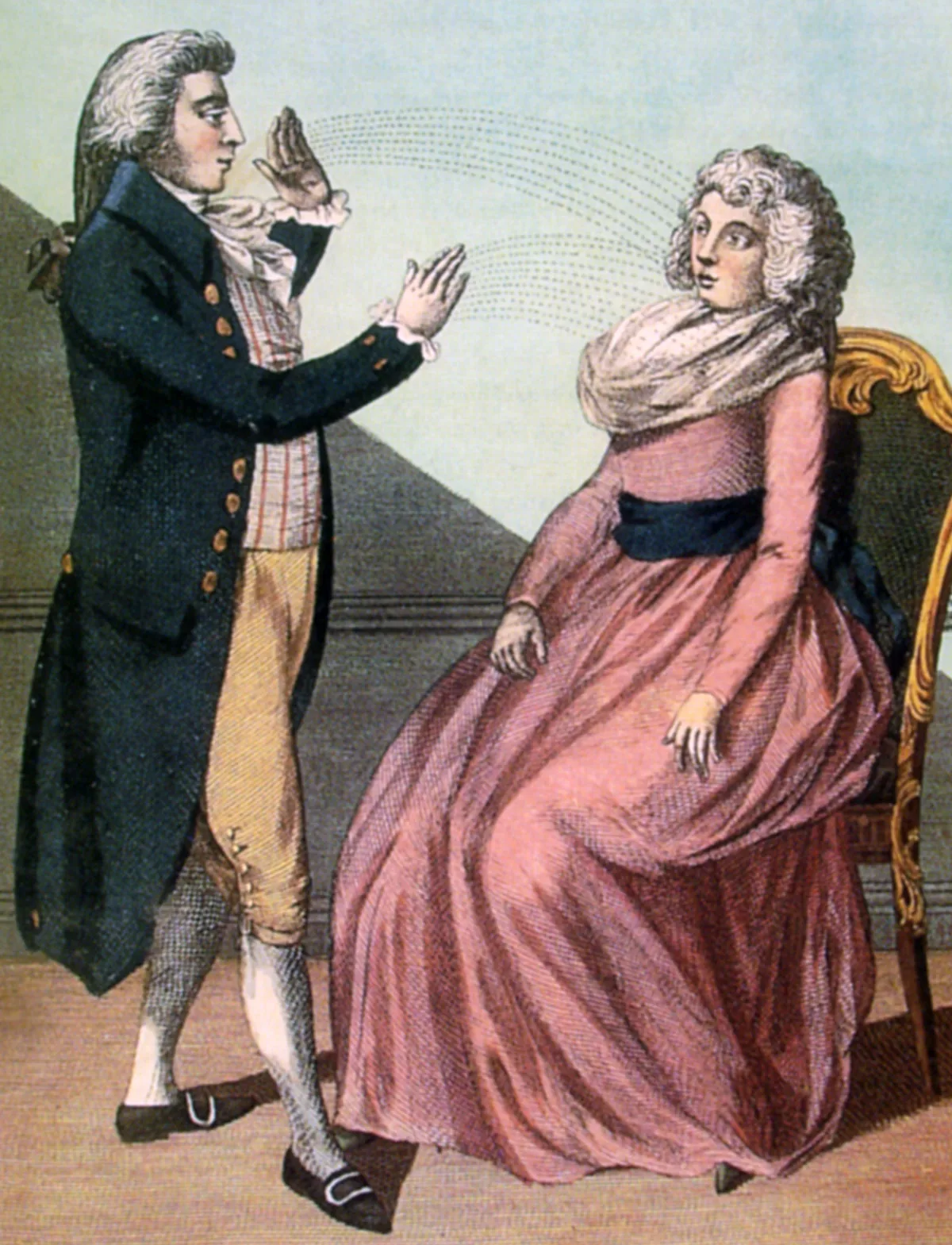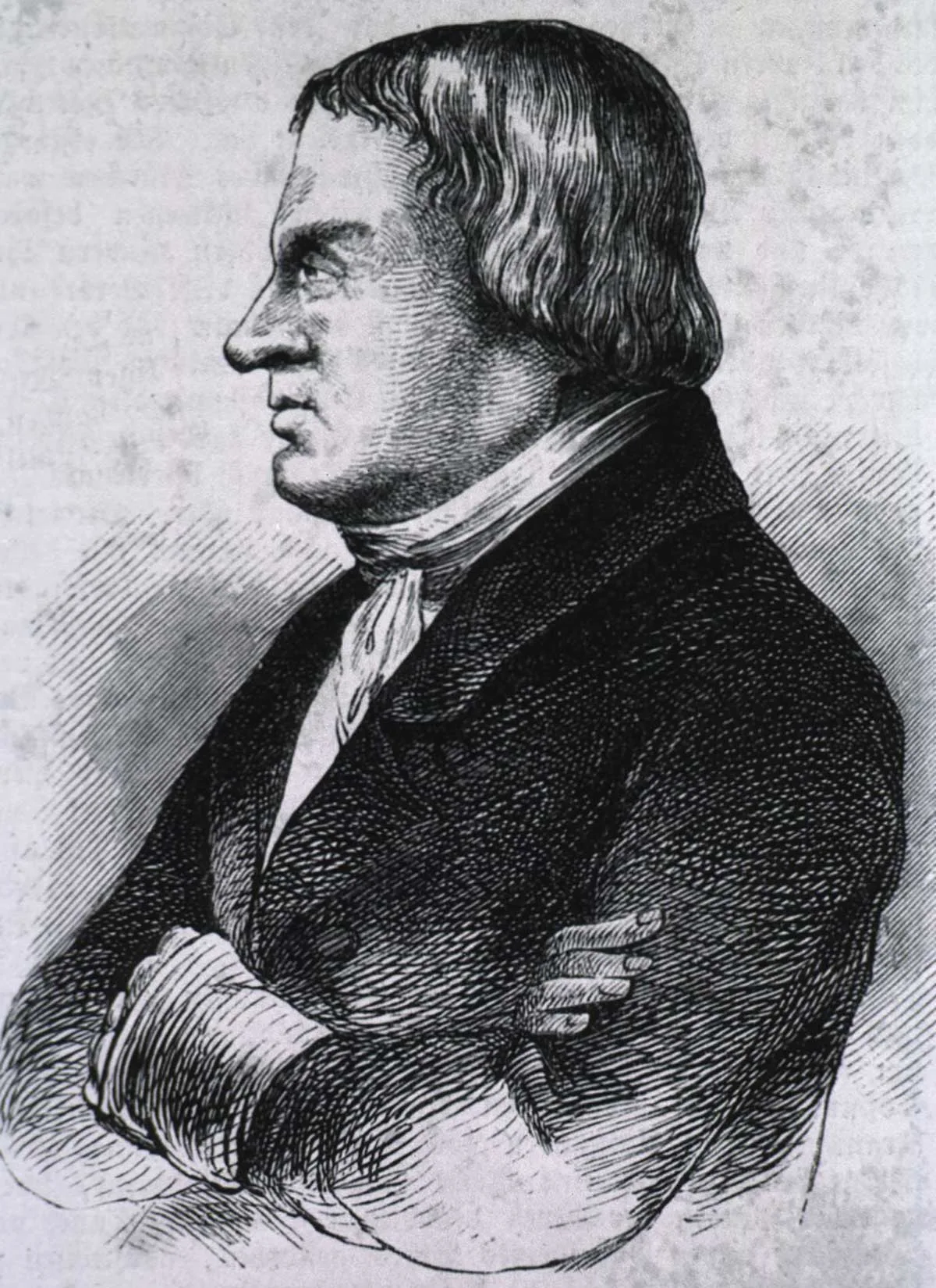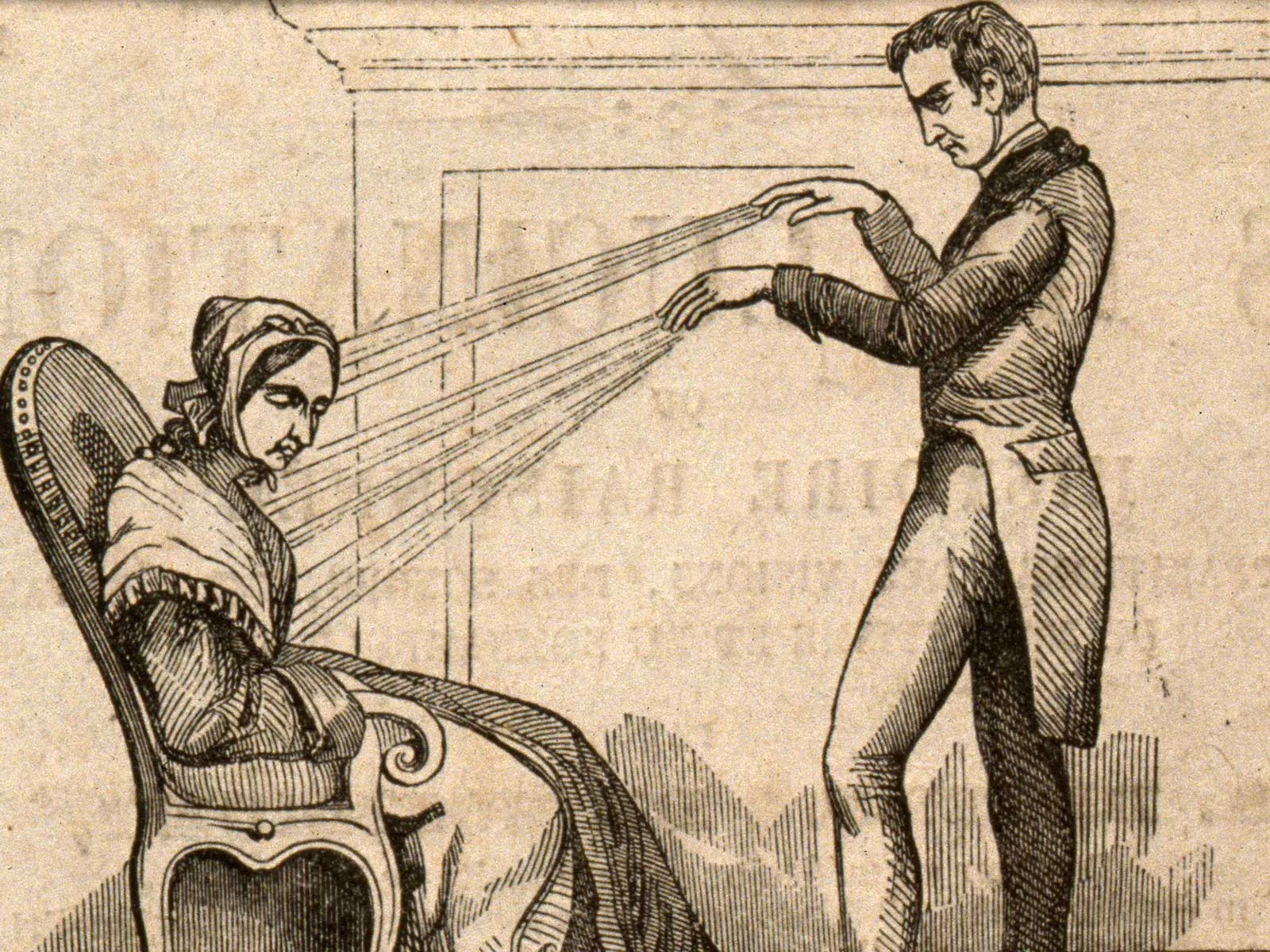
Charles Dickens the hypnotherapist
The author of “A Christmas Carol” and “Oliver Twist” was also a keen proponent of mesmerism. A Swiss banker’s wife was a notable beneficiary of his mesmeric talents.
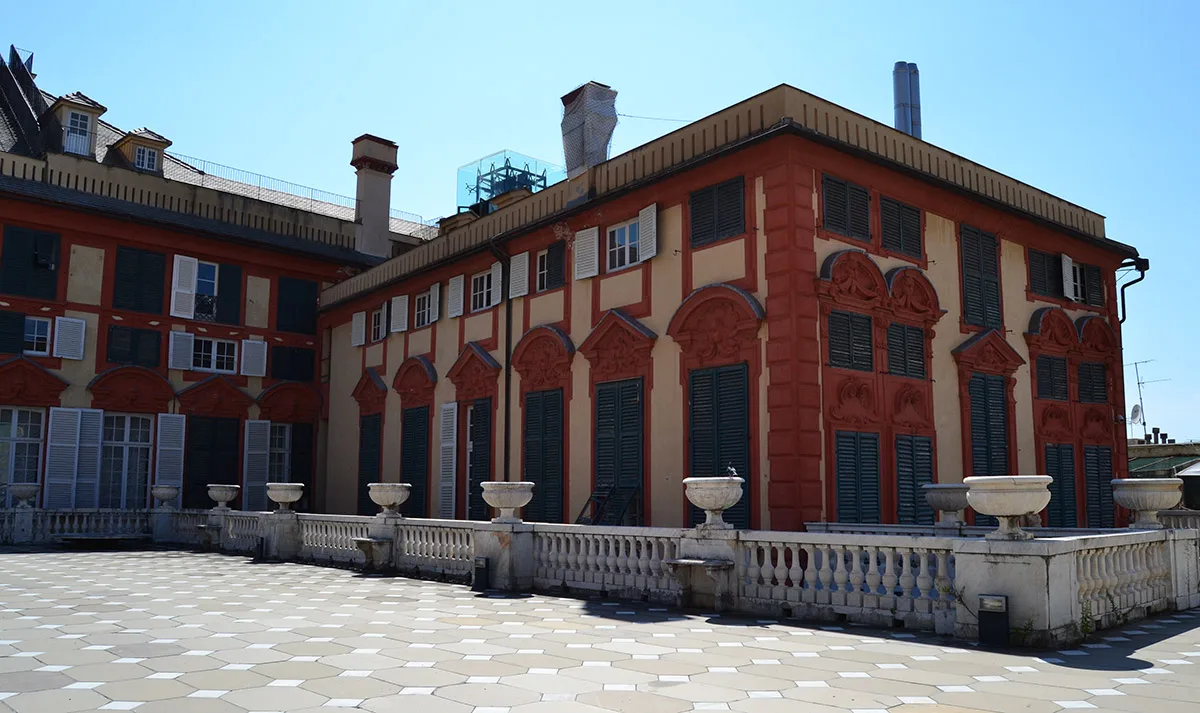
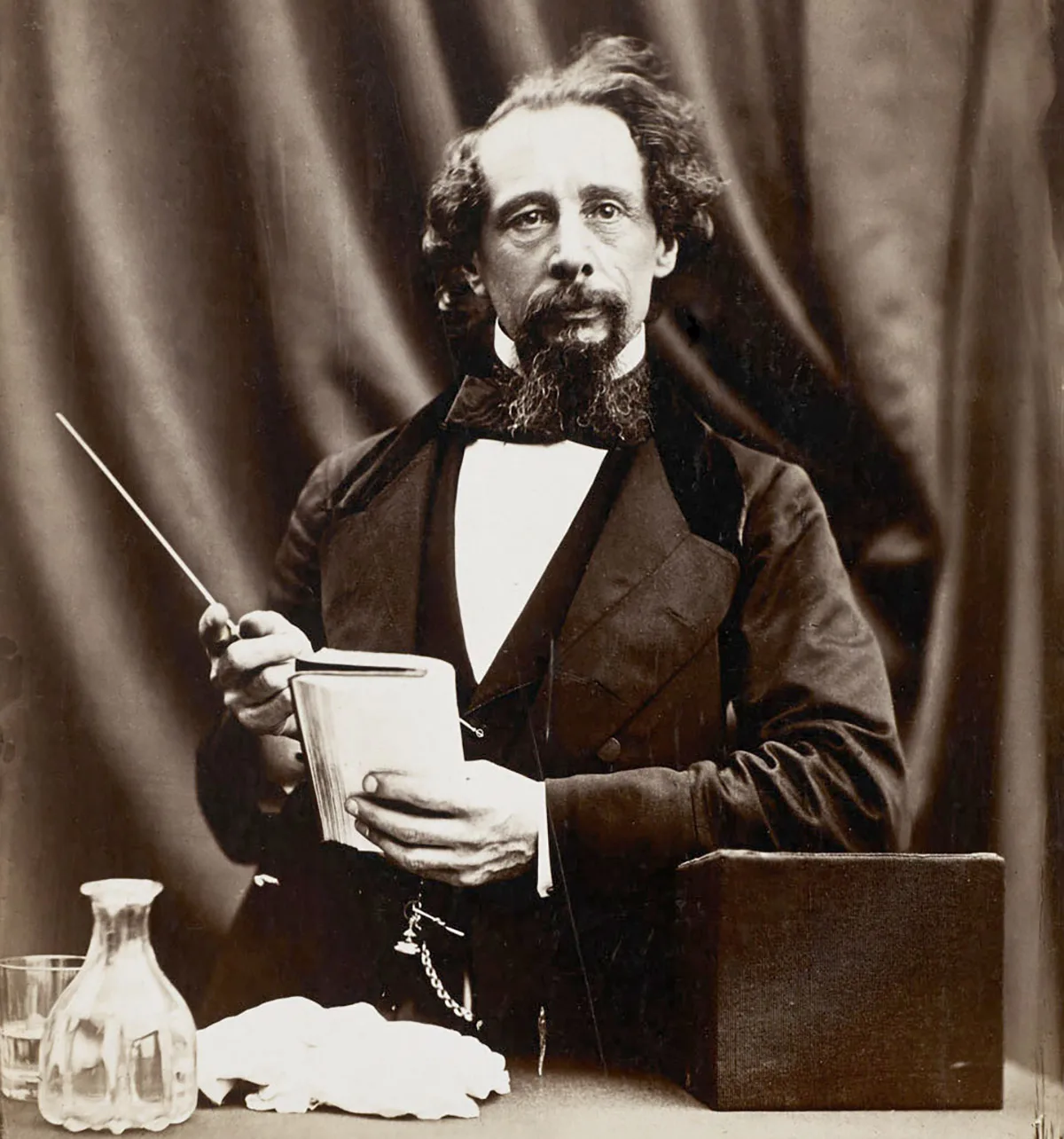
Mesmerism
In the second half of the 18th century, Franz Anton Mesmer (1734-1815) developed the concept of “animal magnetism”. He hypothesised that outward impressions influence the fluids that run through the body. He achieved this same influence through suggestion and by transferring his own body's energy to the patients. His treatment methods were, and indeed still are, highly controversial in scientific circles.
